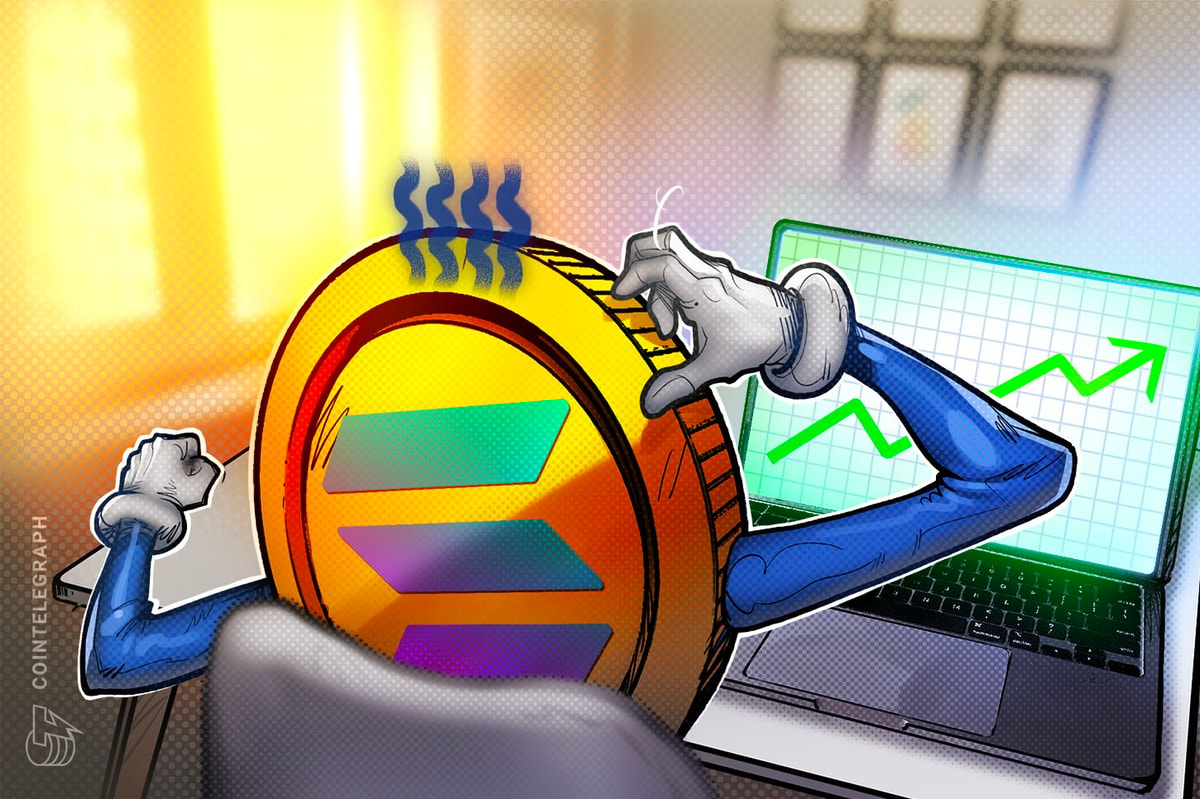Solana’s native token, SOL (SOL), has been unable to break above the $150 resistance level since August 12. However, some network metrics have shown strength, including the total deposits of decentralized applications, which surged to their highest level since October 2022. Now, traders are questioning whether these improvements in network fundamentals will be enough to push SOL back to $190 and what could be holding it back.
Solana Spot ETF Outlook Weakens in the US
One reason for the lack of enthusiasm among investors stems from Cboe Global Markets’ recent decision on August 16 to remove the Form 19b-4 for the Solana spot exchange-traded fund (ETF) from its website. Some market participants, including financial lawyer Scott Johnsson, suggest that the SEC has unofficially rejected the Solana ETF, consistent with previous positions by Commission Chairman Gary Gensler.
Eric Balchunas, Bloomberg’s chief ETF analyst, shared a similar view, noting that while ETF issuers’ S-1 filings are active, the odds of approval are slim, and the only hope is that the current SEC administration will change if Donald Trump wins the US presidential election. As a result, investor optimism about the potential launch of a spot Solana ETF has diminished, and the immediate impact of Solana’s network metrics has diminished.
For example, CoinMamba, a cryptocurrency trader and investor, believes Solana’s appeal has diminished as Ethereum’s average fees have fallen to around $1 for the first time since July 2020. Meanwhile, other blockchains are gaining attention with the launch of Mimecoin, which is driving significant demand for SOL tokens.
source: Coin Mamba
CoinMamba also suggests that Solana “needs to find a new narrative,” noting that the prospects for SOL’s price appreciation hinge on exploring new niches and discovering decentralized applications (DApps) that can provide a competitive advantage. However, this analysis overlooks the fact that PayPal USD (PYUSD), a stablecoin issued on the Solana network, has already reached a $620 million issuance in less than three months since its launch in May 2024.
Additionally, there are several projects under development on Solana, many of which are backed by multi-million dollar funding rounds from experienced venture capitalists, such as Colosseum, the company that manages Solana’s hackathon program after securing $60 million to accelerate ecosystem growth, and Decentralized Autonomous Wireless Network (DAWN), a decentralized broadband initiative that recently raised $18 million.
Solana TVL growth was not accompanied by higher activity.
While success is not guaranteed, the growth of the Solana ecosystem is undeniable, and the increasing total value locked (TVL) on the network suggests that there is still room for SOL price improvement. As of August 22, Solana network DApps held a total of 34.9 million SOL, the highest level since October 2022 and a 13.7% increase from the previous month.
Solana Total Value Locked (TVL), SOL. Source: DefiLlama
Notable highlights from the past 30 days include decentralized exchange Jupiter, which achieved $1.06 billion in TVL, and lending and leverage platform Kamino, which currently has $1.48 billion in deposits. It is also notable that Solana’s TVL in USD terms is now $5 billion, ahead of its closest competitor, BNB Chain, which has $4.5 billion.
TVL growth is generally a positive sign, but it does not necessarily indicate an increase in user numbers or activity. Most DApps do not require a significant deposit base. The number of unique active addresses interacting with these applications is the most reliable proxy for the number of real users.
relevant: Anchorage Digital Adds PayPal Stablecoin Yields to Custody Platform
The most active Dapps on Solana over the last 30 days. Source: DappRadar
Over the past 30 days, half of Solana’s top DApps have seen a decline in users, with most of the growth coming from Raydium and the recently launched high-risk decentralized finance platform. Conversely, some previously high-profile projects like Helio, Solend, and Marginfi have less than 50,000 active addresses each. Therefore, Solana’s TVL growth alone is not enough to support a short-term SOL price rally targeting $190 and above.
This article is for general information purposes only and is not intended to be, and should not be taken as, legal or investment advice. The views, thoughts and opinions expressed here are solely those of the author and do not necessarily reflect or represent the views and opinions of Cointelegraph.

